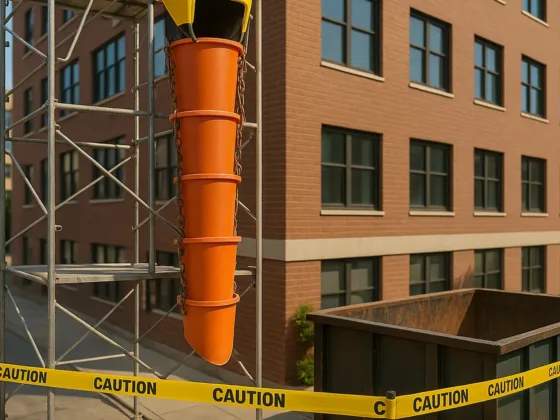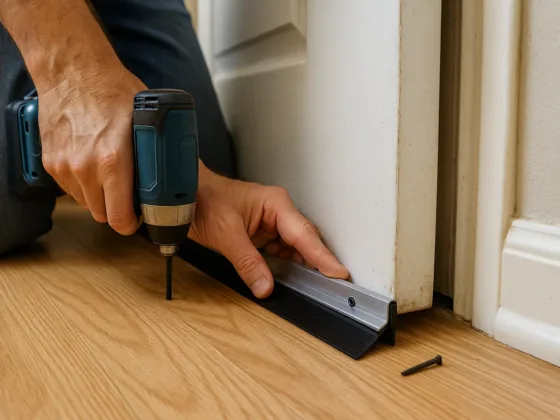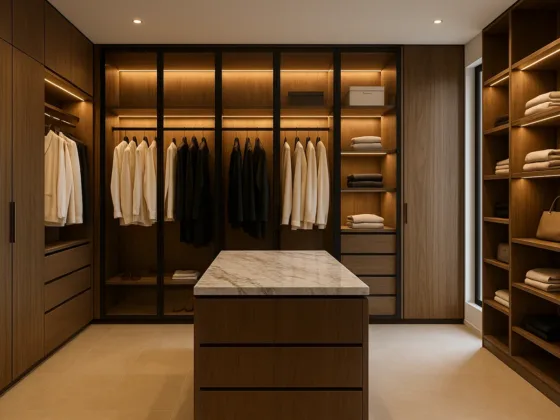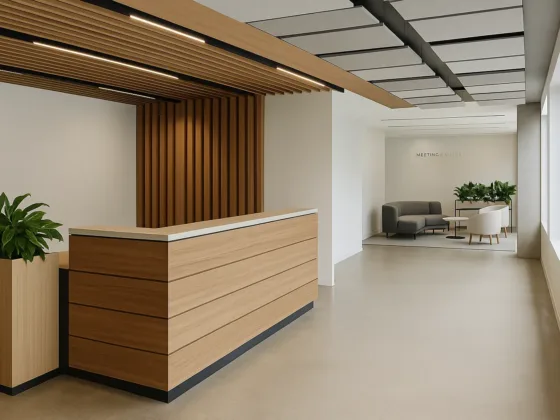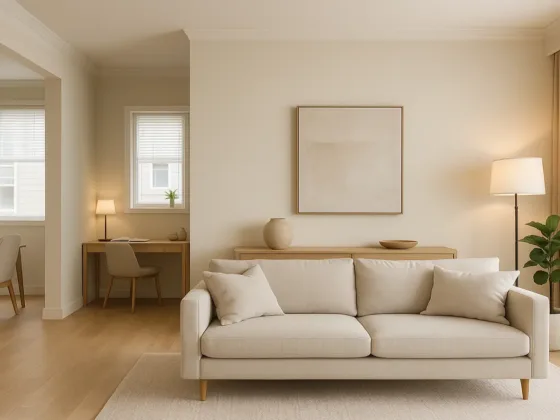Table of Contents Show
Indoor gardening has gained a great deal of popularity over the last several years. Numerous people want to venture back to the old ways of growing their own flowers, vegetables, herbs, and other plants, but many just don’t have the space or resources to do so outdoors. Instead, they’re bringing their gardens indoors. To effectively grow plants indoors, though, grow lights are a must.
Though several types of grow lights are on the market, LEDs are among the most popular. They’ve gained notoriety among both amateur and commercial growers because of their numerous advantages over traditional grow lamps.
To make the most of LED grow lights from companies like Luma Grow Source, it’s important to learn as much as possible about them.
Exploring LED Technology
First of all, take a closer look at LED technology. LEDs work on the principle of electroluminescence. In these unique lights, electrical currents are passed through semiconductors. That causes them to emit photons that produce light.
The colors and intensities of LEDs depend on the types of semiconductor materials being used. LEDs can emit light in specific ranges of wavelengths. That’s essential for plant growth because plants in different phases need different types of light.
What Are the Benefits of LED Grow Lights?
As noted, LED lights can offer several benefits for growers. These lights are extremely energy efficient compared to other types of grow lights. That means they need less energy to operate, and they waste less energy while they’re burning. That’s only one advantage to consider.
- Reduced Heat Generation – LEDs produce less heat as well. Some types of grow lights produce so much heat they can damage tender plants if they’re placed too close to them. They may also need extra ventilation and cooling systems while in use. That’s not the case with LED grow lights. Although ventilation is important for healthy plant growth, LEDs don’t require additional measures to dissipate the heat they produce.
- Longevity – LED grow lights last longer than other options, too. They can last up to 50,000 hours before needing to be replaced. Some have been known to last even longer. That reduces replacement costs. It also reduces the risks of the lamps burning out when users aren’t watching them, which can interfere with plant growth.
- Customization – LED lights allow for customization as well. Growers can choose those in the light portions of the spectrum that best meet the needs of their plants. Some LEDs cover the full spectrum. That gives growers more flexibility and can result in healthier plants and higher yields. Others produce specific types of light for more distinct purposes.
Those are a few of the reasons so many people are turning to LED grow lights for their indoor plants. At the same time, LEDs are safer and more environmentally friendly than some other grow lights.
They contain no toxic materials to potentially contaminate the air or water. Due to their longevity, they produce less waste. Because of their efficiency, they waste less energy and cost less to operate.
Different Types of LED Grow Lights
Several types of LED grow lights are available. As mentioned, there are full-spectrum LEDs that more closely resemble natural sunlight throughout typical growing seasons.
They’re suitable for plants in all stages of growth. While these are the most versatile LEDs, they can also be more expensive.
Red-blue LED lights, as the name indicates, focus more on red and blue light than on the full spectrum. They generate light in the optimal wavelengths for plant growth and flowering.
Red and blue light work together to help plants grow properly and flower when the time comes. These are considered the best grow lights to promote photosynthesis.
Chip-on-board LED grow lights are also available. They contain numerous LEDs mounted on a single board, so they can deliver high-intensity light over small spaces.
Quantum board LEDs are similar in design, but they can spread light over a larger area. Additional types of LED grow lights are also available, but these are among the most widely used.
Choosing LED Grow Lights
Various considerations should come into play when choosing LED grow lights. One of the most important is the light spectrum they cover. While it’s possible to purchase different grow lights for different stages of plant growth, many people prefer to use full-spectrum options for the sake of simplicity.
Some experts recommend using red-blue LEDs in combination with limited natural sunlight though they can also be used as standalone light sources.
Think about the area being covered with grow lights as well. Different plants have different lighting and space requirements.
More than one LED grow light may be needed depending on the number of plants being grown and the size of the indoor garden. Using reflective surfaces in a grow room or tent can help with maximizing light distribution.
Placement
The placement of grow lights is also important. LED grow lights should be placed far enough away from the plants to prevent burning but close enough to give them ample light. The best distance varies by LED, so be sure to follow the manufacturer’s guidelines here.
Remember that plants need light in cycles to mimic day and night. For some plants, altering the light cycle can promote growth or flowering. It’s important to research the needs and recommendations of the plants being grown before using this strategy, though.
Additional Considerations
Understanding plants’ distinct needs and using LEDs properly is the key to successfully growing plants indoors. Watch for signs that the plants may be getting too much light or not enough.
If plants’ leaves start to turn yellow or brown, the grow lights may be too close or too intense for them. If plants start growing taller than usual or appear unusually frail, they may not be receiving enough light.
Nurturing an Indoor Garden with LED Grow Lights
LED grow lights have revolutionized indoor gardening. They give growers energy efficiency, longevity, and versatility. They’re also safe for plants, people, and the environment.
Different types of LED grow lights are available to meet a vast range of indoor growing needs. Understanding what plants need, choosing the right LEDs to help nurture them, and using those grow lights properly can give rise to a flourishing indoor garden.





